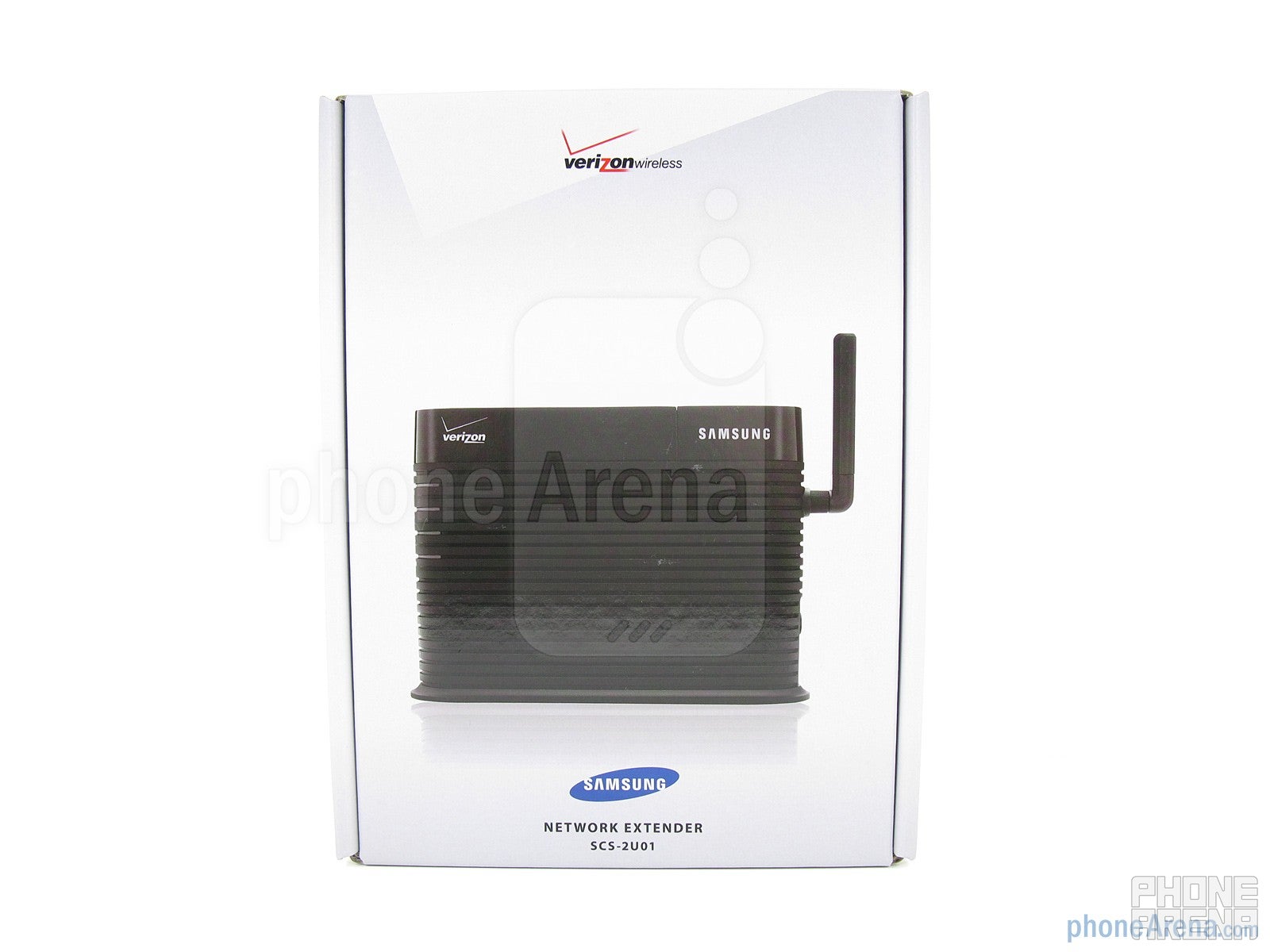Verizon 3G Network Extender Review


The manual states that to initially connect your Verizon phone to the 3G Network Extender, it is recommended to be within 15 feet of the device, though we were able to connect up to 50 feet away. We also like the fact that up to 6 Verizon phones can be connected to the 3G Network Extender at one time (with a 7th channel left open for 911 emergency calls), which is a nice improvement over the earlier model that only allowed 3 phones to be connected at once. There is also the ability to program the 3G Network Extender through your online My Verizon account, which will allow you to enter up to 50 phone numbers to use the device, which is handy to keep your neighbors from inadvertently using it. You can verify that you’re connected the 3G Network Extender by dialing #48 on your phone and listen for the recording, but there is also a double-beep that is heard in the phone’s earpiece when placing calls through the device.
We tested the Verizon 3G Network Extender with our Motorola DROID X and LG Clout VX8370 phones. When powered on, both phones showed solid 4 bars when connected to the 3G Network Extender, as they usually only show 2-3 bars when using the local cell tower. We had no problem staying connected to the 3G Network Extender in our 2-floor house (1500 sq ft) and even outside around the parameter, about 55 ft away. Call quality was excellent and voices sounded clear and natural on both ends, as we could tell there was a slight voice improvement using it instead of the local cell tower. If you place a call while using the 3G Network Extender and then move too far out of its range, the call will automatically transfer to a local tower (if there is one available). However, if you place a call while you’re away and then come back into range of the 3G Network Extender, the call will not transfer to it.
For data usage, we used our Motorola DROID X and performed tests using the www.speedtest.net site. When the DROID X was connected to Verizon’s local cell tower using EVDO Rev A, it got 1.58 Mbps download, 0.53 Mbps upload, and had a ping time of 163 ms. Then we used the 3G Network Extender with the DROID X and got 1.59 Mbps download, which is not much faster than using the local tower, but the upload times were noticeably slower at 0.05 Mbps and ping times were also worse at 264 ms. Because of this, we did a few other tests at different times using the 3G Network Extender, and all averaged between 1-1.8 Mbps download, and uploads between 0.04-0.25 Mbps, while ping times remained about 250 ms. Lastly, we did the same speed tests with the DROID X while connected to our home Wi-Fi connection and were able to get 10.73 Mbps download, 2.66 Mbps upload, and a ping time of 47 ms. Based on these results, it appears that the Verizon 3G Network Extender is averaging the same EVDO Rev A download data speeds as our local cell tower, but uploads and ping times are not as fast. Still, this is an improvement over the previous Network Extender, as it lacked EVDO and was much slower since it only relied on 1x for data. But for smartphone users, it’s still best to use Wi-Fi whenever possible.
Follow us on Google News














Things that are NOT allowed:
To help keep our community safe and free from spam, we apply temporary limits to newly created accounts: